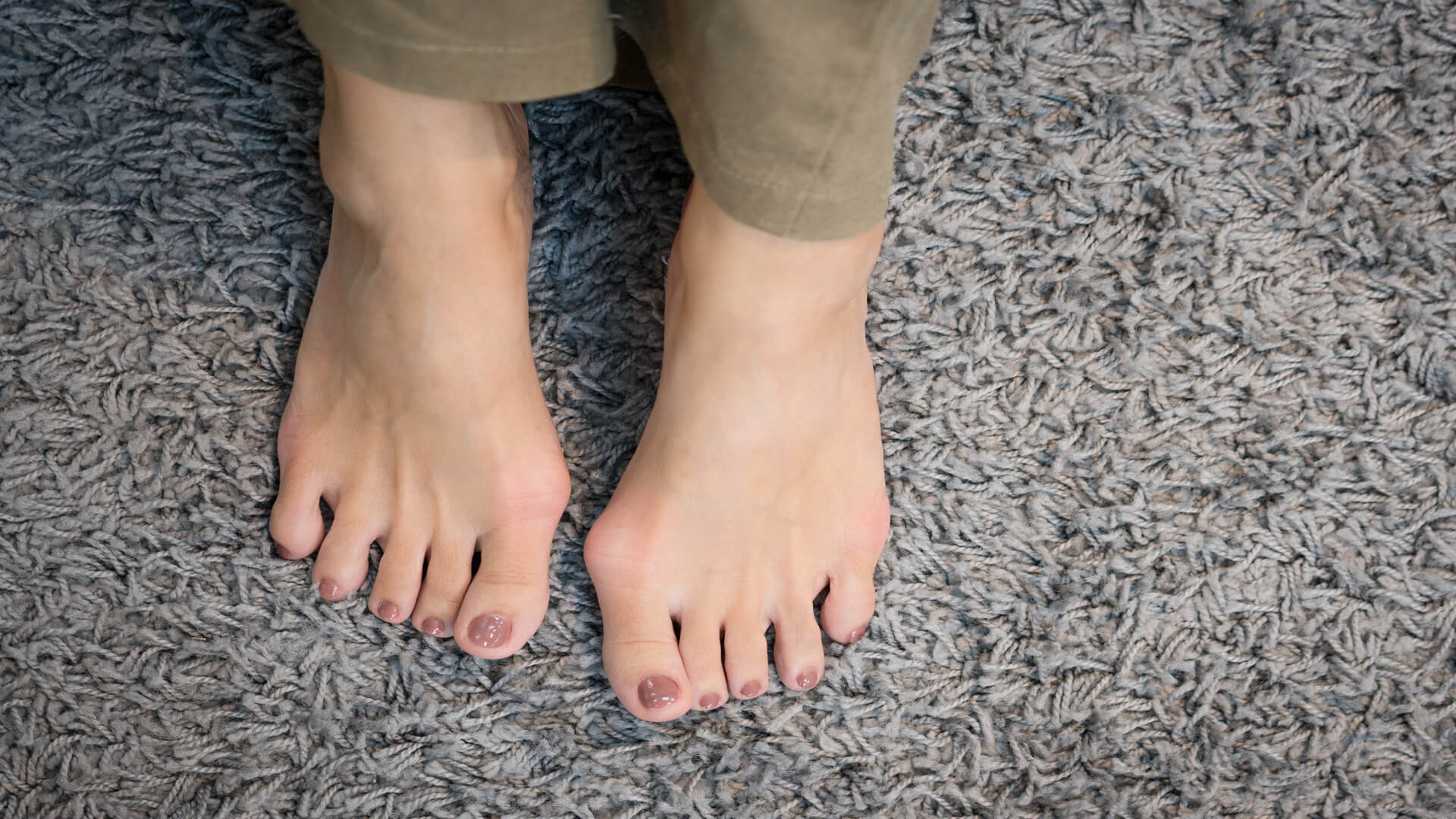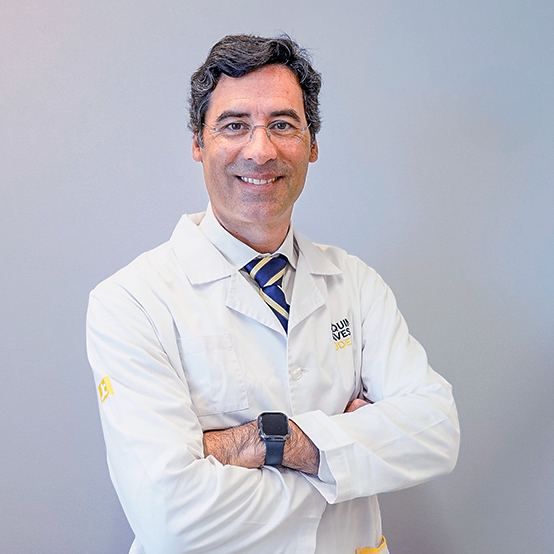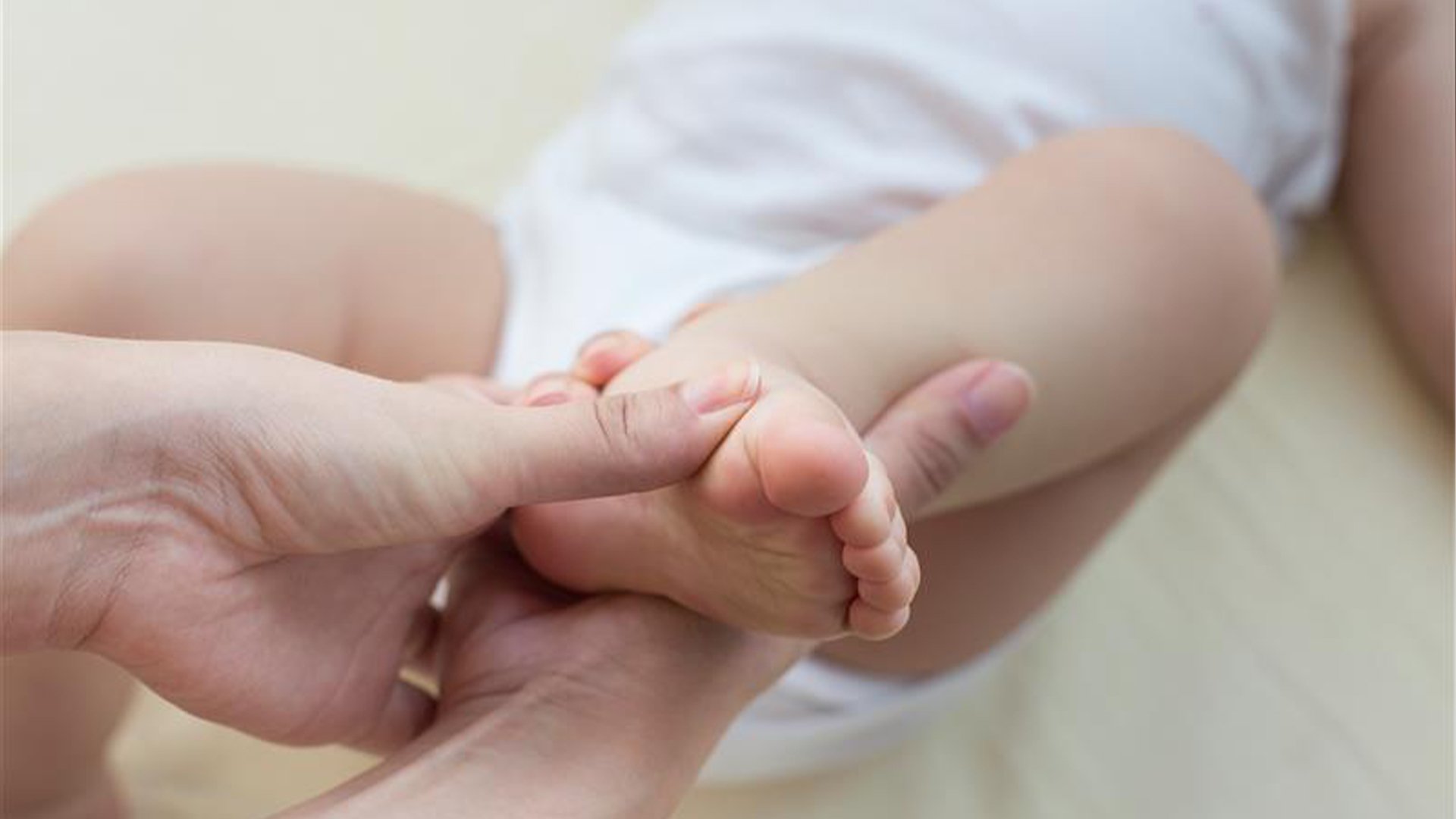Toe deformities affect approximately 20% of the population and are a common cause of pain and disability, as well as creating major discomfort due to structural and aesthetic changes in the feet. Find out why they occur and what treatments are available.
What are toe deformities?
Toe deformities are structural alterations that affect toe shape and position. Patients can be born with these disorders or acquire them throughout life, due to factors such as wearing unsuitable footwear, injuries, arthritis or other underlying medical conditions.
Some of the most common toe deformities include bunions, claw toes or overlapping toes. These disorders can be flexible (straightened manually) or rigid (fixed), which influences the therapeutic approach.




